By Ifham Nizam
Sri Lanka’s human-elephant conflict (HEC) has become an increasingly tragic symbol of the struggle between conservation and development. As one of Asia’s most biologically diverse nations, the island is home to the majestic Asian elephant, a species listed as endangered by the International Union for Conservation of Nature (IUCN).
However, rapid habitat loss, expanding human settlements, and poorly planned infrastructure projects have created a volatile situation for both humans and elephants, says Centre for Environmental Justice (CEJ) Chairperson Hemantha Withanage.
“The toll is staggering. In 2023, Sri Lanka witnessed the deaths of 470 elephants and 160 humans due to conflict. Such statistics, while alarming, only scratch the surface of a deeper, systemic issue threatening the coexistence of these two species.”
Amidst this crisis, the Centre for Environmental Justice (CEJ), supported by public consultations and expert guidance, has proposed a robust plan to address the issue.
Historical Perspective
The roots of the human-elephant conflict in Sri Lanka trace back to centuries. Elephants have been deeply revered in Sri Lankan culture, symbolising wisdom, power, and spirituality. Historically, traditional agricultural practices allowed space for both human communities and wildlife to coexist harmoniously.
However, this balance shifted dramatically during the colonial period. The British introduced extensive plantation systems, railways, and roads, disrupting elephant migration routes. Post-independence, Sri Lanka’s rapid population growth and urbanisation exacerbated the problem. Forests were cleared for agricultural projects, such as the Mahaweli irrigation scheme and industrial ventures, further fragmenting elephant habitats.
Today, elephants and humans share about 40% of Sri Lanka’s total land area, with 70% of the elephant range overlapping human settlements. This close proximity has turned peaceful coexistence into a deadly conflict.
Causes and Impacts
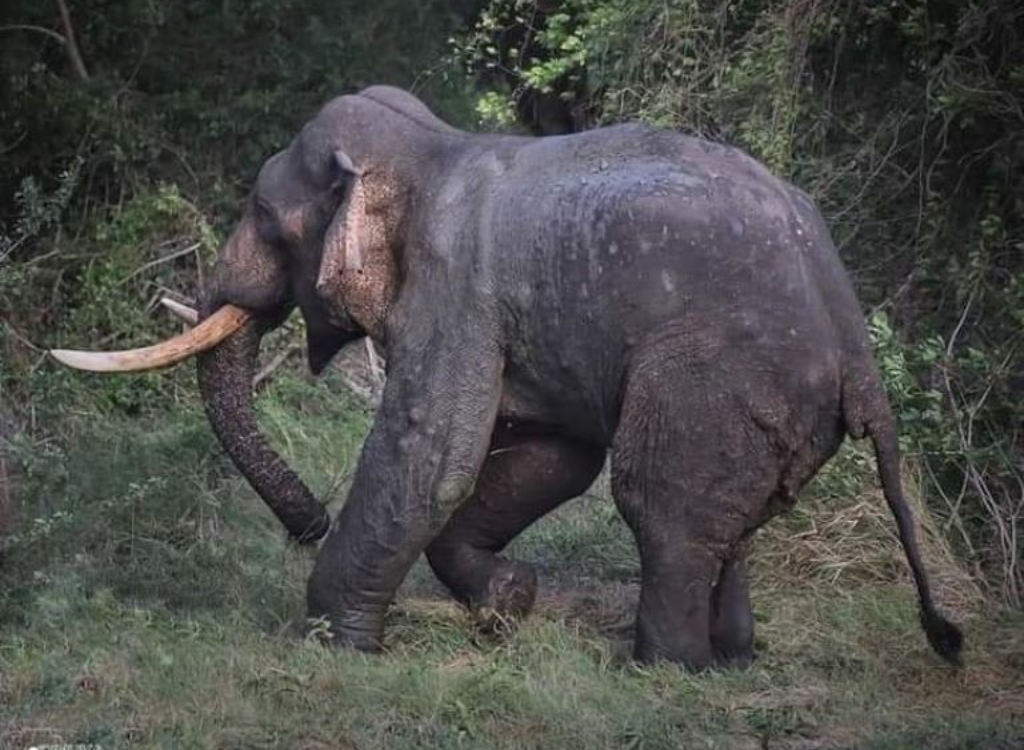
Elephant deaths are predominantly caused by human activities, including gunshots, electrocution, poisoning, and accidents. Unauthorised electric fences and trap devices, like hakkapatas (explosives hidden in food) claim hundreds of lives annually. Conversely, elephants raid crops, such as rice, maize, and coconuts, causing significant economic losses to farmers.
For many rural communities, the financial burden is immense. Farmers lose an estimated $200 annually to crop damage, with average property damages costing individuals 145,000 Sri Lankan rupees over five years. These losses, coupled with the fear of human casualties, fuel resentment toward elephants, prompting retaliatory killings.
Proposed Solutions
The CEJ’s comprehensive proposal integrates insights from affected communities, government officials, and Wildlife experts. The aim is not only to mitigate the conflict but also to create sustainable coexistence.
Strengthening Electric Fences
Electric fences are a widely used mitigation measure, but their effectiveness has been limited by poor maintenance and improper design. CEJ emphasises the need for standardised fences regulated by authorities, powered by solar energy where electricity access is limited. Community involvement in construction and maintenance is essential to ensure long-term success.
Preserving Habitats and Corridors
The loss of elephant corridors and habitat fragmentation are primary drivers of HEC. CEJ advocates for a national land-use policy to protect these critical areas. Identifying and gazetting undeclared forests as protected areas can help preserve migration routes and reduce conflict.
Community Engagement and Awareness
Education plays a pivotal role in addressing HEC. CEJ recommends awareness programmes in schools, religious institutions, and villages to promote understanding of elephant behaviour and effective conflict prevention methods. Communities can also be trained to use deterrents like chili-based barriers and maintain natural corridors.
Compensation and Insurance
Currently, only a fraction of the damages caused by elephants are compensated. A robust and transparent compensation scheme is vital to rebuilding trust between communities and conservation authorities. Insurance programmes for crops and property damage should be expanded to reduce economic losses.
Innovative Conflict Mitigation Techniques
New approaches, such as GPS collaring, can monitor elephant movements and predict potential conflict zones. Biological fences using plants like Palmyra trees or citrus crops, which elephants avoid, are also gaining traction. However, further research and trials are needed to assess their feasibility.
Addressing Elephant Mortality
To curb elephant deaths, CEJ proposes stricter regulations against unauthorised electric fences, poisoning, and hakkapatas. Establishing a hotline and offering rewards for reporting illegal activities could deter offenders. Agro-wells, often death traps for elephants, should be covered or fenced.
Integrated Development Planning
Large-scale infrastructure projects have often disregarded environmental management plans, exacerbating HEC. CEJ recommends integrating elephant conservation into development policies, ensuring that projects allocate funds for mitigating their ecological impact.
The Role of Policy and Governance
Effective governance is crucial to implementing these solutions. CEJ’s proposal includes the creation of divisional-level HEC mitigation committees comprising government officials, local communities, and conservationists. These committees can oversee the maintenance of electric fences, monitor illegal activities, and ensure proper land-use planning.
Furthermore, a presidential task force dedicated to HEC mitigation could provide the leadership and resources needed to implement the proposed national action plan. Regular evaluations and adaptive management strategies will help refine interventions based on real-time data and outcomes.
Challenges and the Road Ahead
Despite the ambitious plans, challenges remain. Political interference in land allocation, unplanned development projects, and insufficient funding for conservation efforts hinder progress. The 2023 Budget allocated only 100 million rupees for maintaining 4,000 km of electric fences and constructing 200 km of new fences, far below what is required.
Additionally, community resistance to certain measures, such as relocating problematic elephants, highlights the need for transparent communication and trust-building initiatives.
Yet, the solutions proposed by CEJ offer a glimmer of hope. With a multi-stakeholder approach, incorporating science, community wisdom, and policy frameworks, Sri Lanka has the opportunity to turn the tide on HEC.
Vision for Coexistence
The human-elephant conflict in Sri Lanka is more than an environmental issue; it is a test of the country’s ability to balance development with conservation. By prioritising coexistence, Sri Lanka can protect its natural heritage while ensuring the safety and livelihoods of its people.
As CEJ’s report highlights, coexistence is not just a necessity but a possibility. With concerted effort, the majestic Asian elephant can continue to roam the island, not as a threat, but as a cherished symbol of Sri Lanka’s rich biodiversity.
- The article was first published on Divaina.
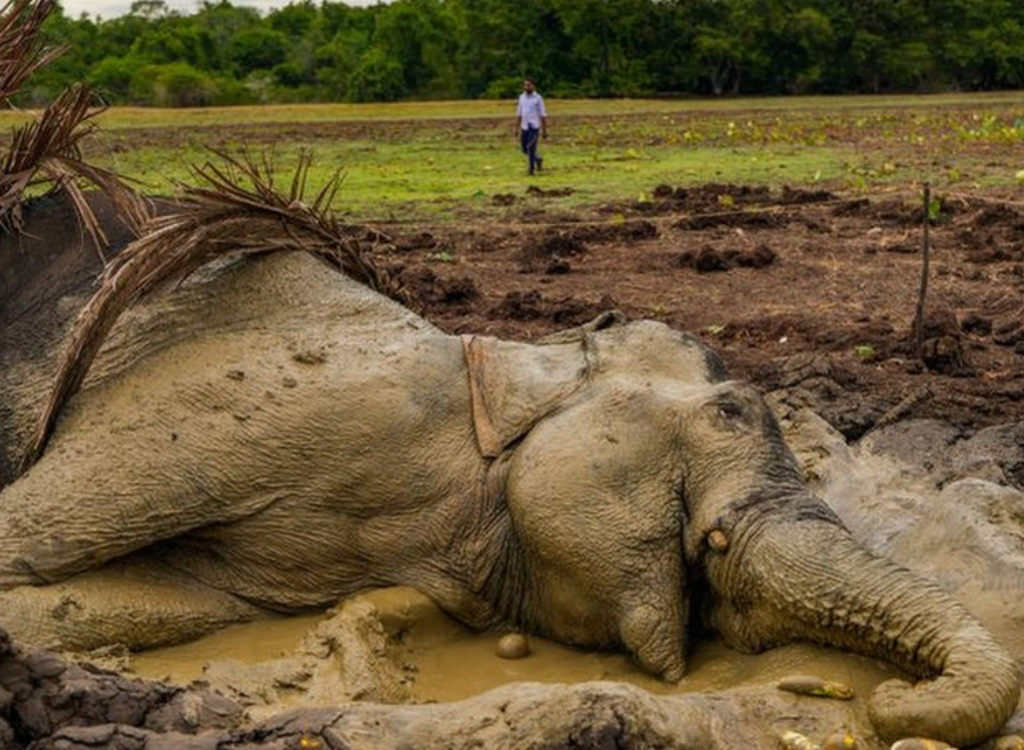




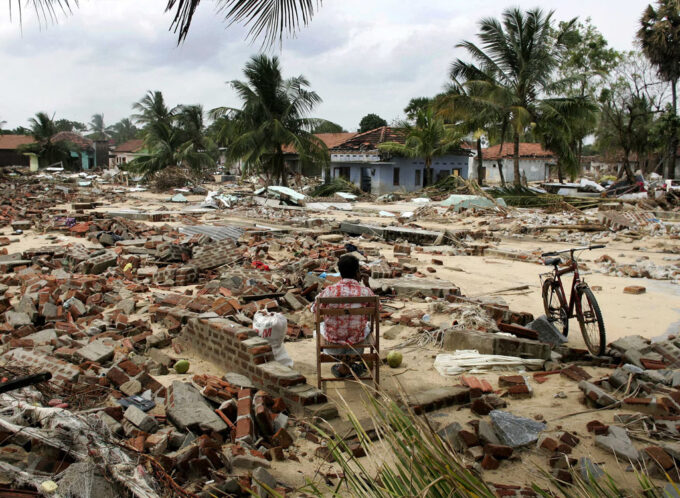
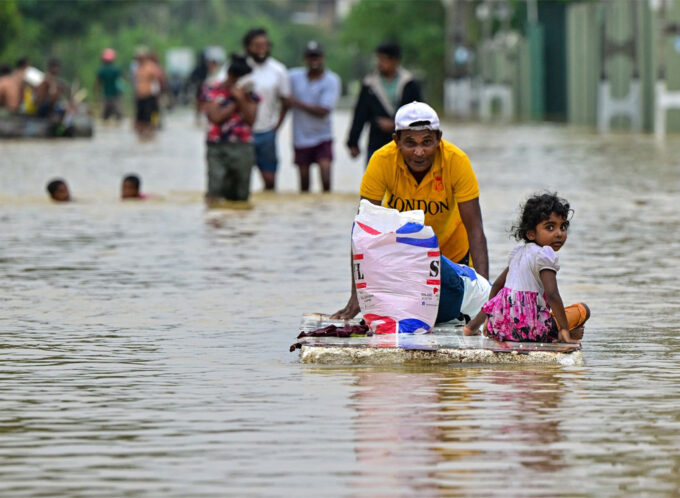

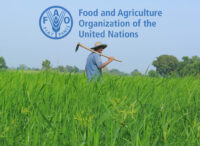


Leave a comment